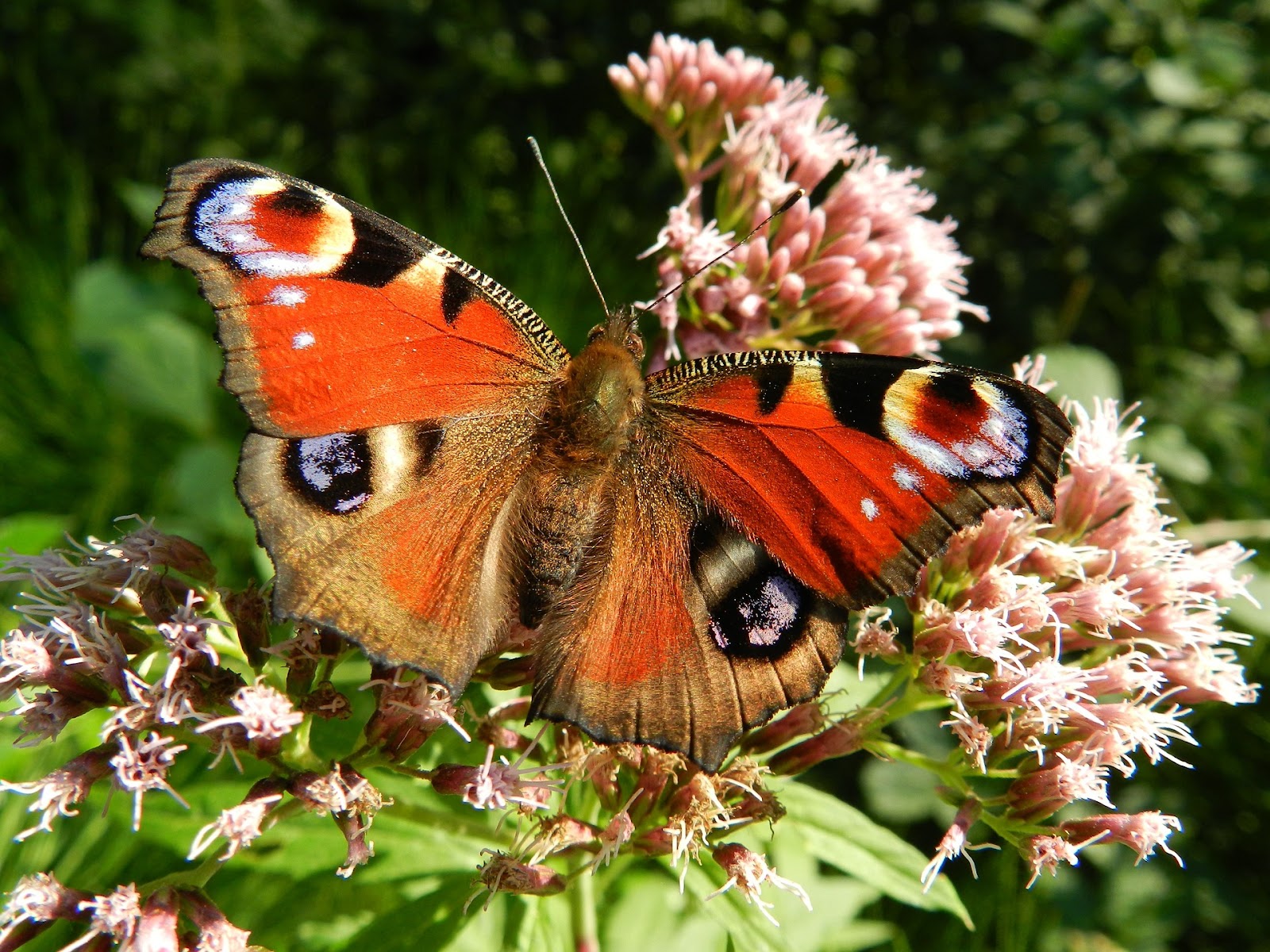Butterflies are a group of insects that are known for their brightly colored wings and delicate beauty. They belong to the order Lepidoptera, which also includes moths, and are found on every continent except Antarctica. There are around 18,000 known species of butterflies, each with its own unique characteristics and behaviors.
Butterflies are characterized by their four wings, which are covered in small, overlapping scales. The scales give the wings their color and patterns, which can vary widely between different species. Butterflies also have two large, compound eyes, and a pair of antennae on their heads. Their body is divided into three segments: the head, thorax, and abdomen.
Butterflies have a unique life cycle, known as metamorphosis. The process begins when the female butterfly lays her eggs on a suitable plant. Once the eggs hatch, the larvae, or caterpillars, emerge and begin to feed on the leaves of the plant. As they grow, they shed their skin multiple times, until they reach their full size.
Once the caterpillar is fully grown, it will spin a cocoon or chrysalis around itself and undergo a transformation into the adult butterfly. This process can take anywhere from a few days to several weeks, depending on the species. Once the butterfly emerges from the cocoon, it will feed on nectar from flowers and other sources of sugar before it starts reproducing and laying eggs.
Butterflies are known for their bright and vibrant colors, which serve a variety of purposes. Some species use their colors as camouflage, blending in with their surroundings to avoid predators. Others use their colors as a warning signal, advertising their toxicity or bad taste to potential predators. Still, others use their colors to attract mates, with males and females having different patterns and hues.
Butterflies are also important pollinators, helping to transfer pollen between plants as they feed on nectar. They are particularly important for many species of wildflowers and other plants that have a hard time attracting other pollinators. Some species of butterflies have even evolved to have specific preferences for certain types of plants, making them an essential link in the ecosystem.
Butterflies can be found in a wide range of habitats, from tropical rainforests to deserts, and from the Arctic to the Antarctic. Some species are found only in specific regions, while others are found all over the world. Some species are migratory, and travel long distances to find new habitats, while others stay in one place their whole lives.
However, butterflies are facing many threats in recent years such as habitat loss, climate change, pesticides, and disease. Human activities, such as urbanization, agriculture and deforestation have resulted in the destruction of natural habitats and the loss of food plants for butterflies. Climate change also affects the timing of their migration and reproduction, making it harder for them to survive. Pesticides and other chemicals also pose a significant threat, as they can poison both the butterflies themselves and the plants they rely on for food.
To conserve the butterfly population, many conservation groups, botanical gardens, and zoos have started breeding programs and reintroduction projects. Habitat restoration and conservation, and the use of less toxic pesticides are also important steps that can be taken to protect butterflies and their habitats. Additionally, individuals can take steps to help butterflies by planting native wildflowers, reducing pesticide use, and supporting conservation efforts.
In conclusion, butterflies are a fascinating and important group of insects that play a vital role in the ecosystem. They are also admired for their beauty and grace, and have captivated people for centuries. However, their populations are facing significant threats, and it is important to take steps to conserve them and their habitats. By understanding the biology and behavior of butterflies, as well as the challenges they face, we can work to protect these delicate creatures and ensure their continued survival for generations to come.
In addition to conservation efforts, educating the public about butterflies is also crucial for their protection. Many people may not realize the importance of butterflies as pollinators, or the threats they are facing. By raising awareness about the biology, ecology and conservation needs of butterflies, we can also inspire people to take action and play a role in protecting these beautiful insects.
One way to learn more about butterflies is by observing them in their natural habitats. Many parks, gardens and nature reserves offer guided butterfly walks and tours, where visitors can learn about different species and their behaviors. Some places also have butterfly houses or enclosures where visitors can see butterflies up close and learn more about their life cycle and behavior.
Another way to support butterflies is by creating a butterfly-friendly garden. This can be done by planting a variety of native wildflowers and shrubs that provide food and habitat for butterflies. Avoiding the use of pesticides and providing sources of water and shelter can also help to attract and support local butterfly populations.
In short, Butterflies are an important and fascinating group of insects that play a vital role in the ecosystem, and also bring beauty to our world. With the right conservation and education efforts, we can work to protect these delicate creatures and ensure their continued survival for future generations to enjoy.




Comments
Post a Comment